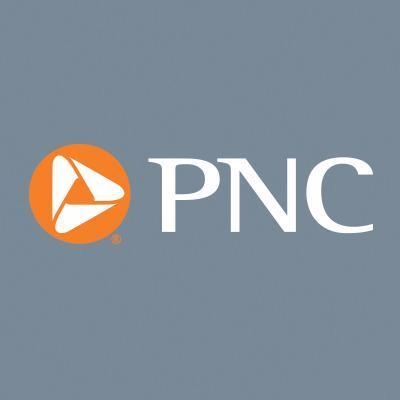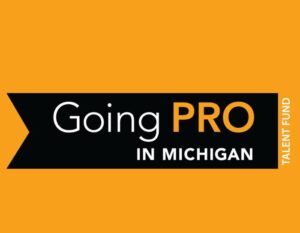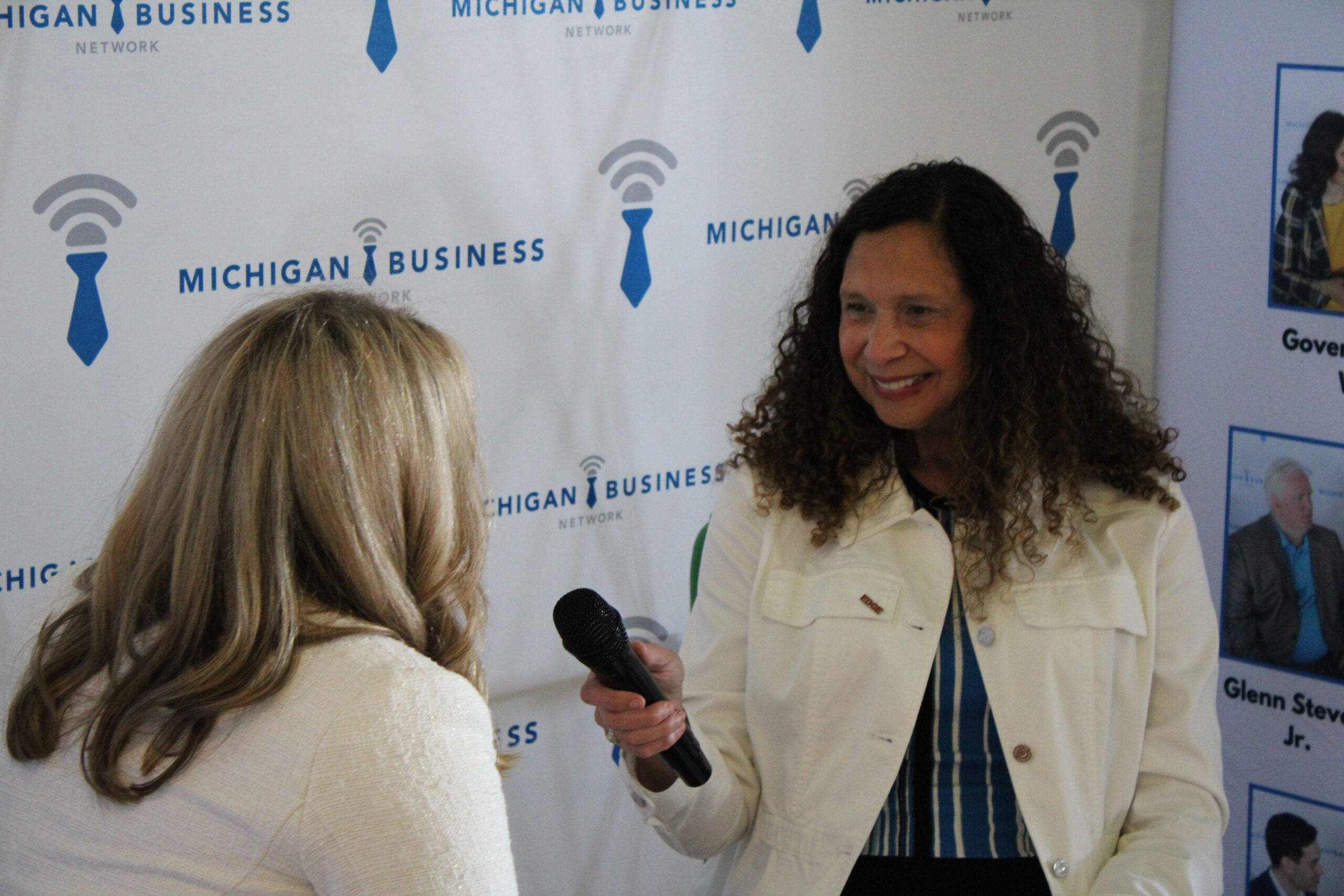- Economic growth weakened at the end of 2020 as coronavirus caseloads hit record highs. Employment fell in December, with job losses concentrated in restaurants.
- Economic growth will remain soft in early 2021 because of pandemic concerns and government restrictions on economic activity. But growth should pick up in the spring with continued rollout of vaccines, warmer weather, and the stimulus passed at the end of 2020.
- Additional fiscal stimulus from the Biden administration and Congress would result in even stronger economic growth over the next couple of years.
The U.S. economy is experiencing a soft patch in late 2020 and early 2021. With coronavirus caseloads hitting record highs in early 2021, and hospitalizations and deaths remaining elevated, consumers have turned more cautious. Due to concerns about overwhelming the healthcare system, states and municipalities have re-imposed some restrictions on economic activity, although in a more limited way than in the spring of 2020. As a result some measures of economic activity have weakened at the turn of the year. Retail sales fell for a third straight month in December, and employment fell over the month.
But outside of leisure/hospitality services most industries added jobs at a solid pace in December, so the weakness appears to be confined to those industries most exposed to the pandemic. PNC’s forecast expects weak but positive GDP growth in the first quarter of 2021; there could even be an outright contraction in the in the quarter, although if there is it would be much smaller than the contraction in the first half of 2020. The good news, however, is that economic growth will accelerate through the spring and summer of this year. The primary driver will be the rollout of vaccines against COVID-19.
Although distribution has been uneven so far, the kinks should be worked out soon. With additional vaccines likely to be approved over the next couple of months, the pace will pick up rapidly. The combination of better weather in the spring, allowing for safer outdoor activities, and increasing vaccinations will result in big gains in consumer spending, starting in the second quarter. The stimulus bill passed at the end of 2020 will also support consumer spending growth later this year. Stimulus payments and extra unemployment insurance benefits will boost household incomes. Consumers have also saved a lot of money over the past year, thanks to earlier stimulus efforts and reduced opportunities to make purchases, and will be looking to spend it once they feel safer. Extremely low interest rates and very low consumer debt levels will also be big positives for consumer spending in 2021 and 2022. Historically low interest rates, thanks to an extremely aggressive Federal Reserve, will also support gains in the housing market and business investment in 2021.
The results of the Senate runoff elections in Georgia have created upside potential for the U.S. economy over the next couple of years. PNC’s January forecast includes the stimulus bill that then-President Trump signed at the end of 2020, but does not assume further stimulus. However, President Biden has called for an additional $1.9 trillion in stimulus. Some stimulus is now more likely with Democrats in control of the House and Senate. If there is further stimulus under the Biden administration, economic growth would be stronger and the unemployment rate would fall more quickly over the next couple of years than in PNC’s January forecast. PNC will continue to update its assumptions around fiscal stimulus and its forecast as conditions warrant. Concerns about the national debt should not deter the Biden administration from pursuing growth-oriented fiscal policies.
Borrowing costs are extremely low right now: the federal government can borrow for 10 years at an interest rate of around 1%. Given this, it makes sense for the government to borrow in the near term to support a strong economic recovery. Priority areas for near-term stimulus include aid to small businesses, consumers, and state and local governments. Medium-term spending could include infrastructure, which could boost the economy’s long-term growth prospects. After a strong economic rebound is assured policymakers can address the nation’s long-term fiscal challenges, in particular the funding of Social Security and Medicare.
PNC’s baseline forecast is for weak growth in early 2021, but then much stronger growth through the rest of the year; real GDP will increase more than 3% from the fourth quarter of 2020 to the fourth quarter of 2021. Real GDP should return to its pre-pandemic peak by the end of this year. The unemployment rate will end 2021 at around 6% and 2022 at around 5%, still well above the 3.5% low in early 2020. Inflation will remain subdued as businesses find it difficult to raise prices given still-soft demand. The Federal Open Market Committee is expected to keep the federal funds rate in its current near-zero range until 2024 to support the recovery.
The PNC Financial Services Group, Inc. is one of the largest diversified financial services institutions in the United States, organized around its customers and communities for strong relationships and local delivery of retail and business banking including a full range of lending products; specialized services for corporations and government entities, including corporate banking, real estate finance and asset-based lending; wealth management and asset management. For information about PNC, visit www.pnc.com.










